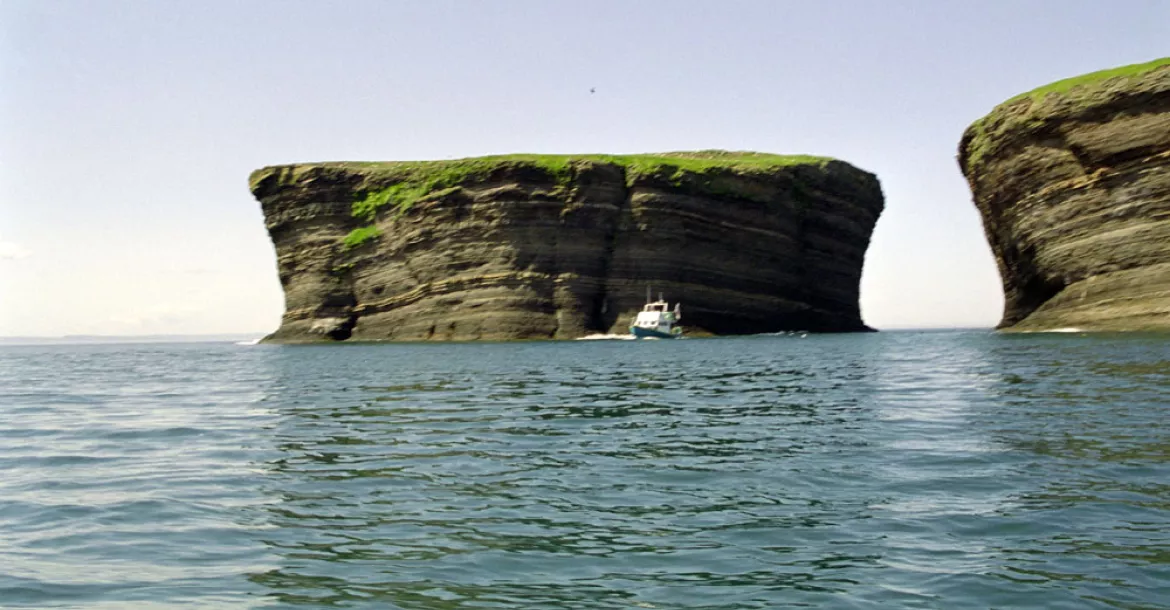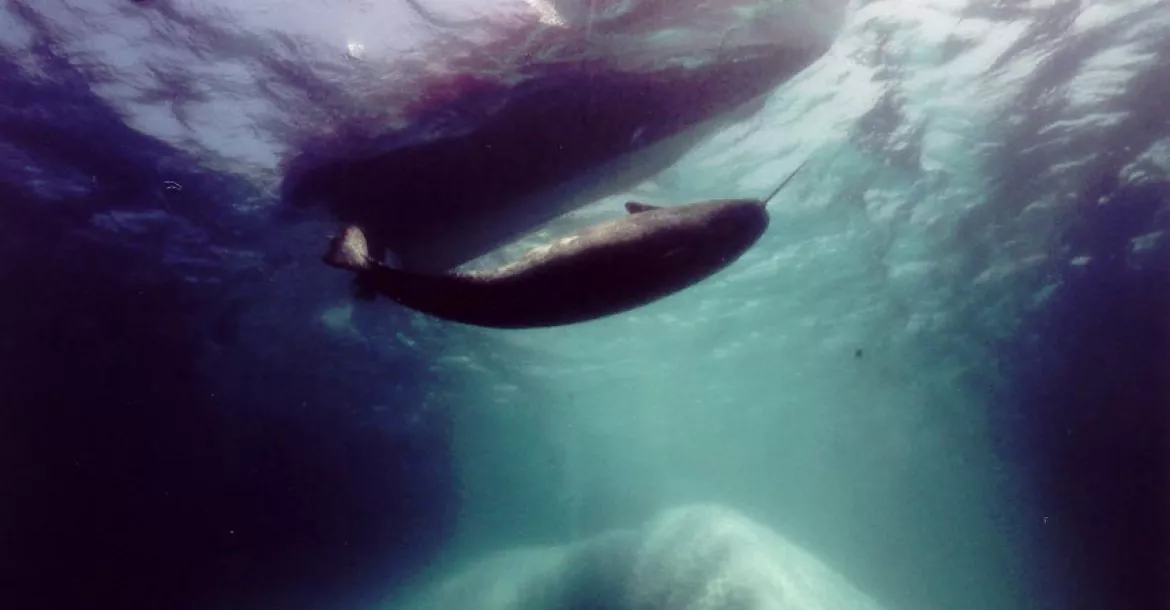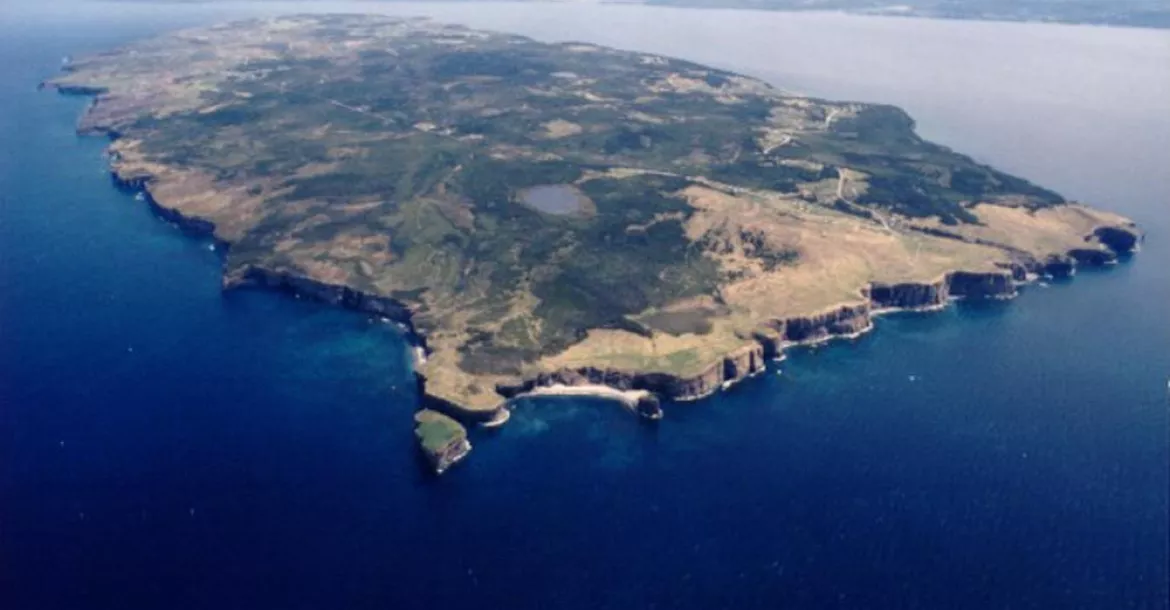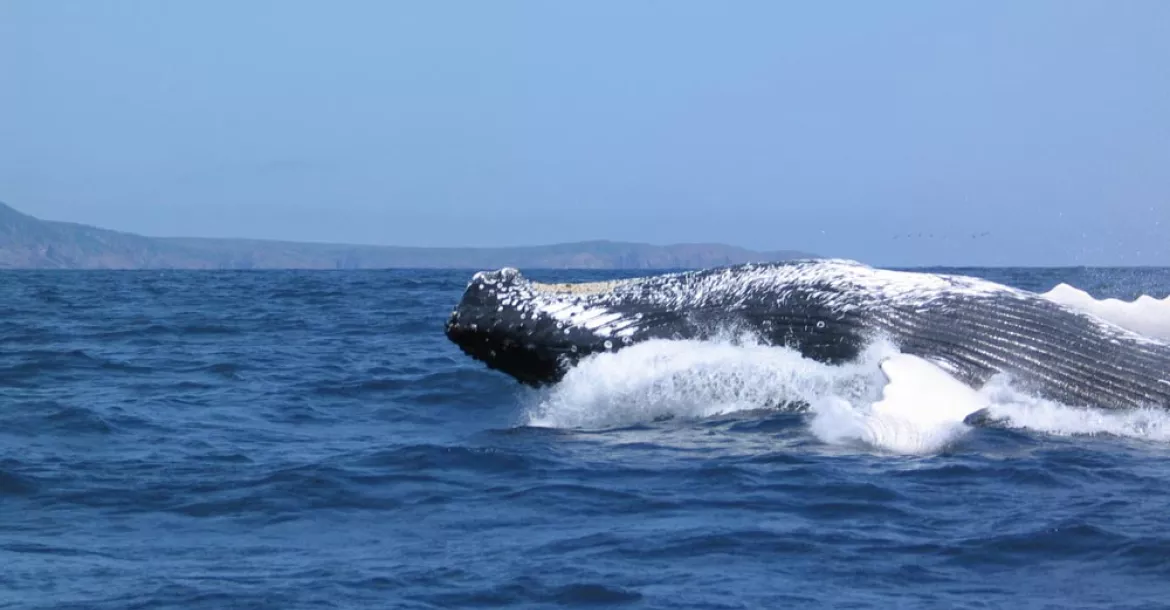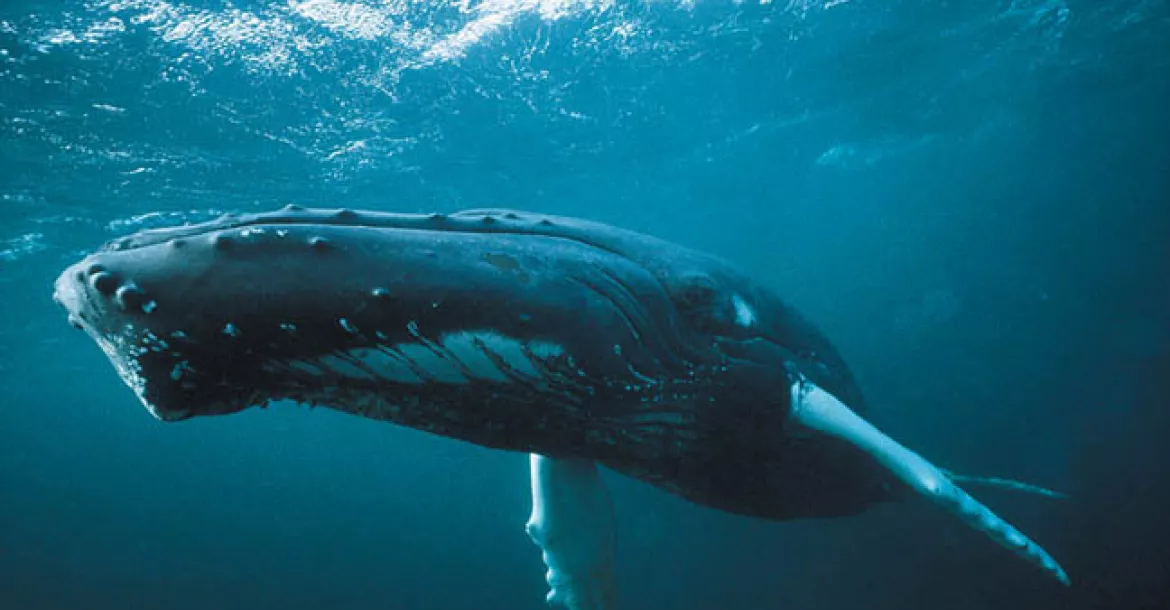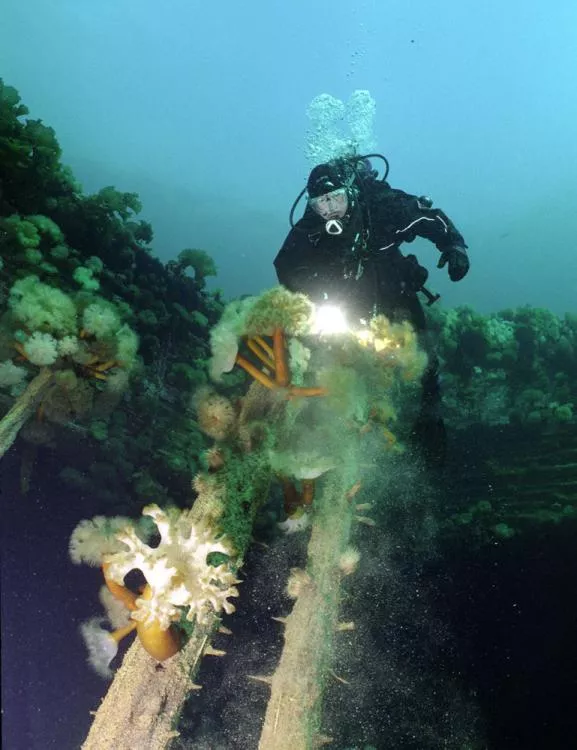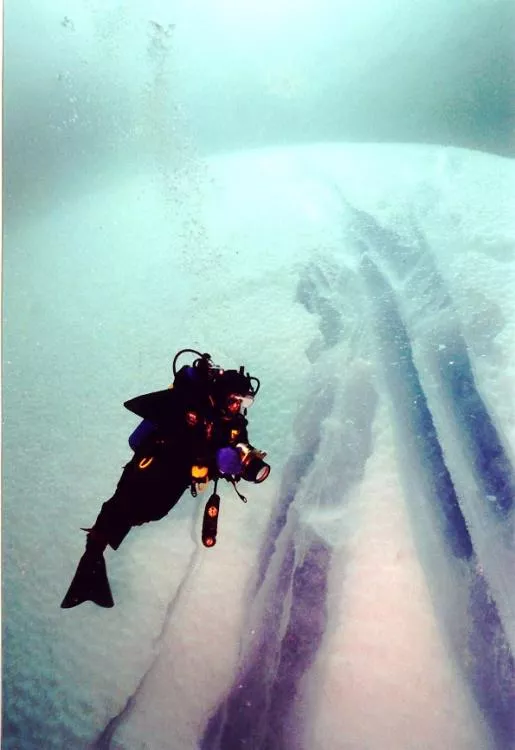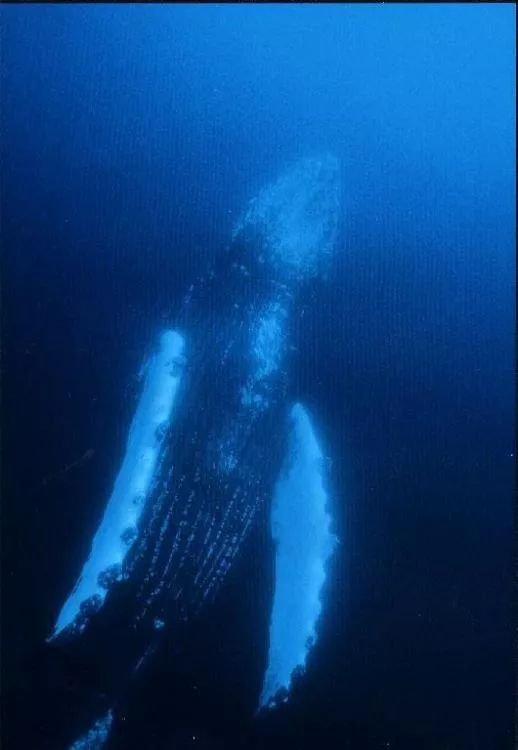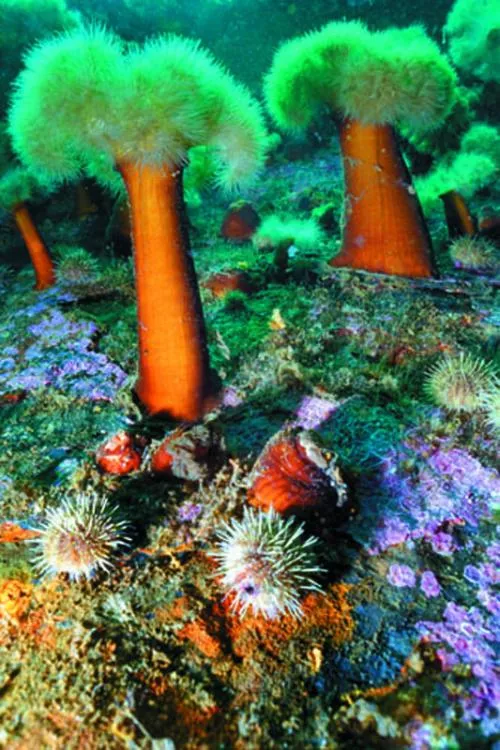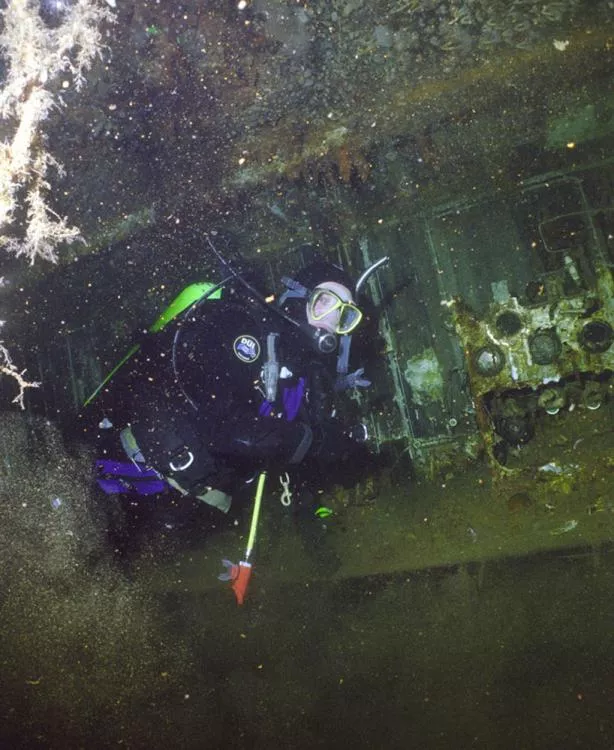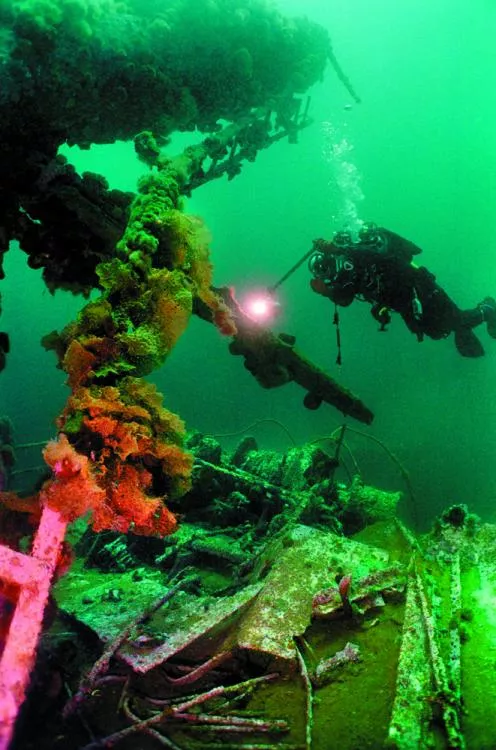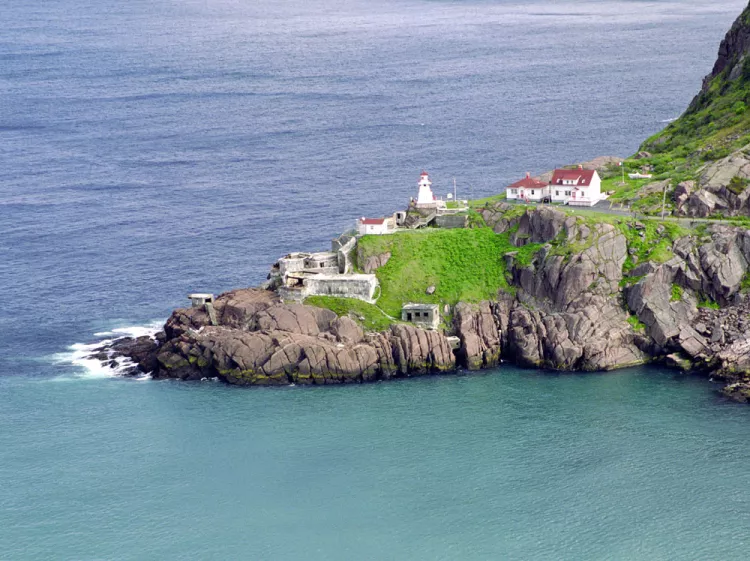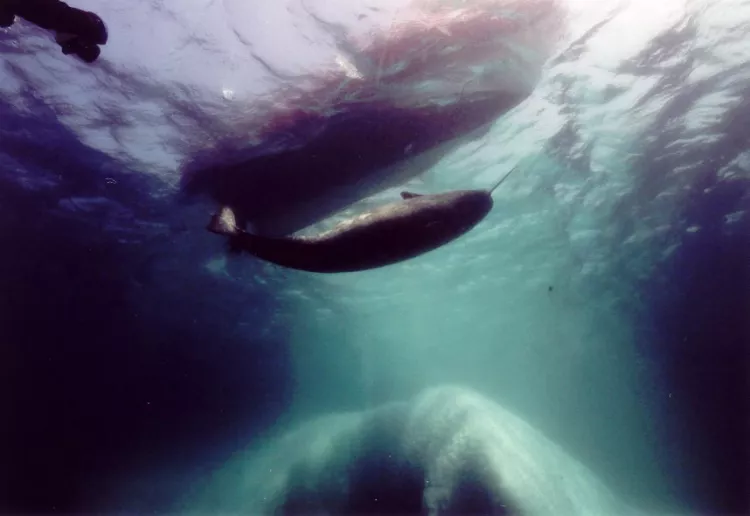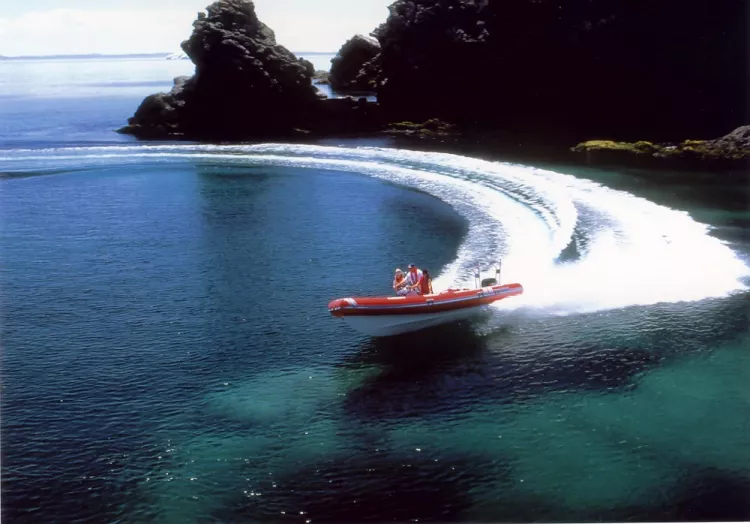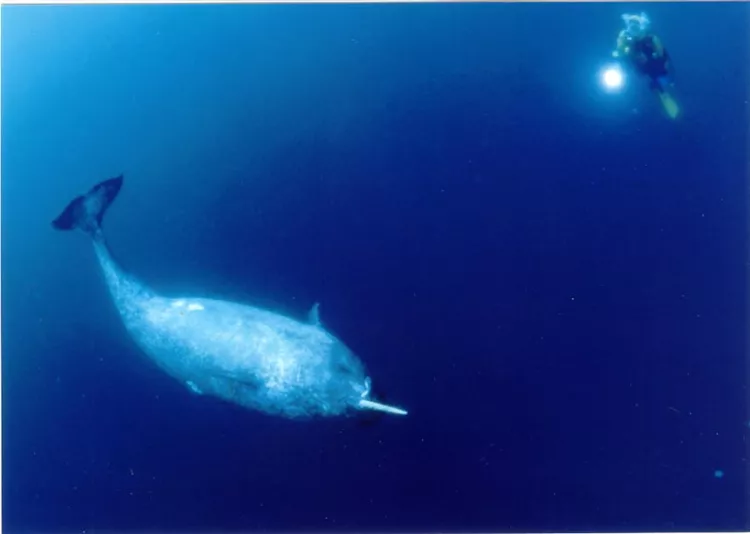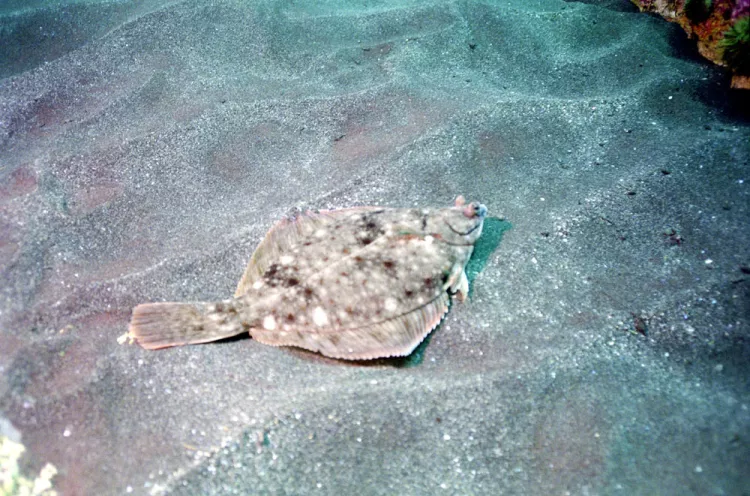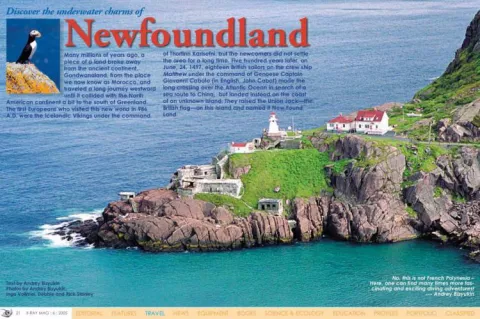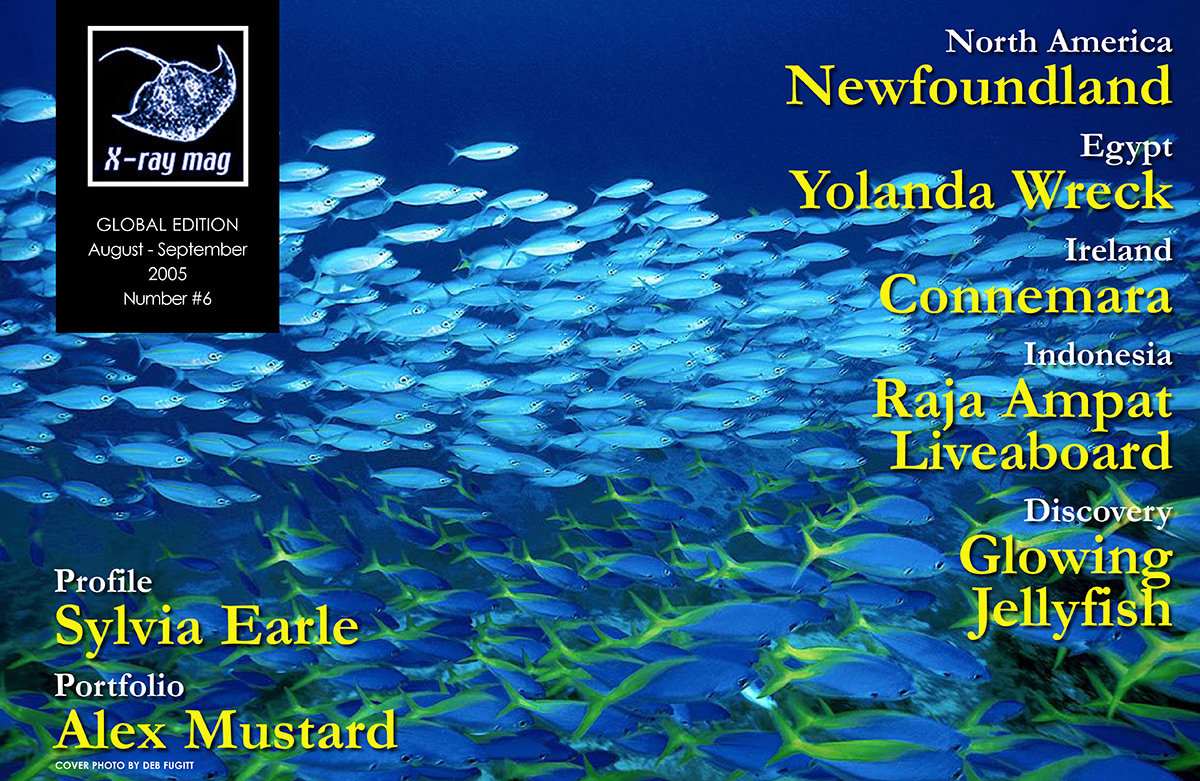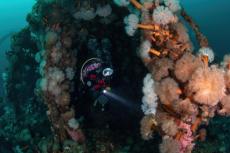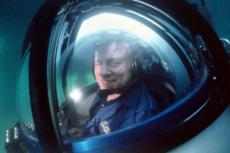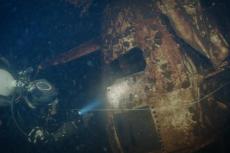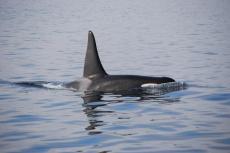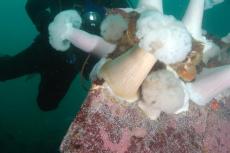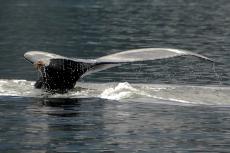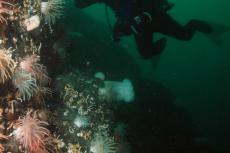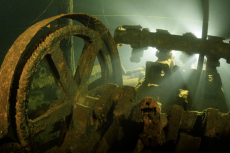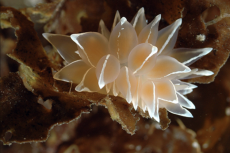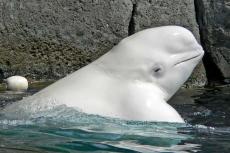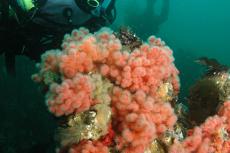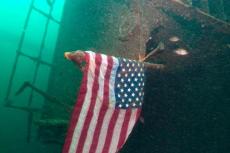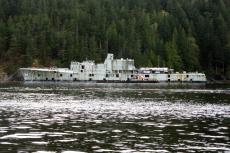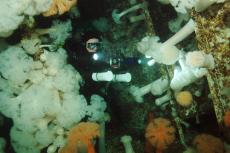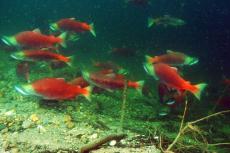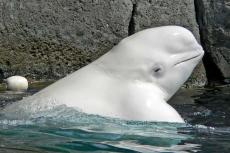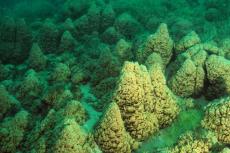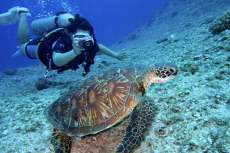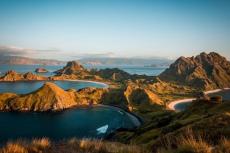Many millions of years ago, a piece of a land broke away from the ancient continent, Gondwanaland, from the place we now know as Morocco, and traveled a long journey westward until it collided with the North American continent a bit to the south of Greenland. The first Europeans who visited this new world in 986 A.D. were the Icelandic Vikings under the command of Thorfinn Karlsefni, but the newcomers did not settle the area for a long time.
Five hundred years later, on June, 24, 1497, eighteen British sailors on the crew ship Matthew under the command of Genoese Captain Giovanni Caboto (in English, John Cabot) made the long crossing over the Atlantic Ocean in search of a sea route to China, but landed instead on the coast of an unknown island. They raised the Union Jack—the British flag—on this island and named it New Found Land.
Contributed by
Newfoundland is the biggest of the Atlantic Canadian provinces, the mother land for hundreds of thousands of caribou, millions of birds, the famous breed of black diving dogs and moose, which can be found walking on motorways. Human population on the island numbers half a million inhabitants (many with Irish origins), ten thousand of whom are divers. Newfoundlanders differentiate themselves from the Canadian nation. “The Irish spirit and traditions are still strong here,” the old residents tell us with pride. Local residents respond with pleasure to the nickname Newfy.
Newfy are benevolent, quiet, socially balanced and relaxed people, speaking one of the oldest English language dialects with the Newfoundland accent.
The capital of the island, St. Johns, is the most eastern port and the oldest city in North America. The city is filled with great history: Water Street – the first and oldest street of North America; the Titanic museum with exhibits of artifacts lifted from the sunken giant; Signal Hill with Marconi’s legendary tower—a symbol of the technological achievements of the last century when in 1901 the first transatlantic radio signals sounded in the heretofore silent ether of the planet; Cape Spear—the most eastern extremity of America; and the Bay of St. Johns—the first reliable harbour on the ocean away from Europe.
The weather of the northern Atlantic region does not indulge in permanency. The thick fog, snow or rain can suddenly be replaced by strong winds or a storm or by sunshine in the blue cloudless sky above the sea where icebergs race swiftly past the coast. Here, there are plenty of inns and bars, where it is possible to meet adventurers and seamen from around the world.
Natural treasures
The nature here is familiar to me as it is an exact copy of the central part of Russia—birches, fur-trees, mountain ash, lilac, clover and rose-bay. Only the sea and underwater world are unique.
Where two powerful ocean currents meet—the cold Labrador current and the warm Gulf Stream—a unique underwater biodiversity is created.
Hundreds of species—seaweed, fish, sponges, anemones, jellyfish and starfish, molluscs, octopus, lobster and crabs, seals, white whales, narwhales, sharks and slopes—live and breed here. Newfoundland’s Great Banks, one of the richest places in the world’s ocean for fish, provides a habitat for the largest colony of sea birds on Earth as well as a population of over 5000 whales.
At the end of June and July, the sea giants, who have over eaten capelin and cuttlefish, start to play. They wave huge chest fins, clap tails and jump out of the water, attracting a human audience of enthusiastic gapers.
Aside from the whales’ performances, tourists and divers adore the parade of Greenlandic icebergs. Year round, Labrador’s current brings hundreds of the ice monsters that have broken away from a continental glacier. The age of some of these icebergs can reach up to ten thousand years, and they can weigh up to two hundred thousand tons. Nine-tenths of icebergs are under water, therefore one must immerse oneself with an aqualung to catch a glimpse of the blue bulky freakish forms of ice leaving the sea abyss. Nobody is left indifferent after such an experience.
Diving with whales
The North Atlantic is an area of risky diving. Too much depends on quickly changing weather conditions. The diving season in Newfoundland is from May until November. During the rest of the year, the bays become covered in ice.
Rick and Debbie Stanley, our kind dive masters and engineers of the Sea Quest Company, have constructed a magnificent two-floor hotel for divers with a great view over the sea bay and islands. Strong wind and rain remind us that it is time to go out and dive. “It is my swimming pool,” Rick tells us with pride as he shows us the bay, which is covered with fog. He adores his 18-seat dive boat, and while imitating Schumacher, flies out onto the bay in the huge brightly coloured red inflatable Zodiac with 150-strong Mercury engine, overtaking the wind. ...
(...)
Published in
-
X-Ray Mag #6
- Läs mer om X-Ray Mag #6
- Log in to post comments

